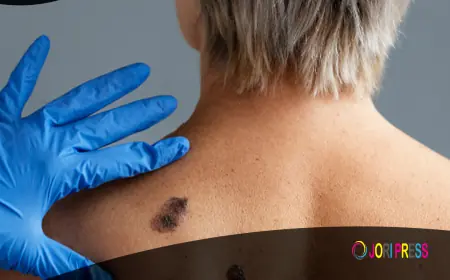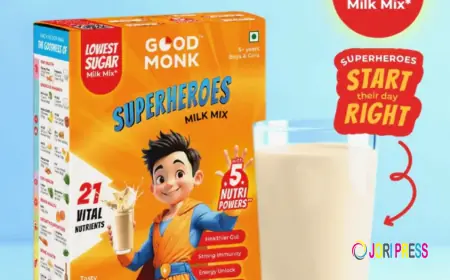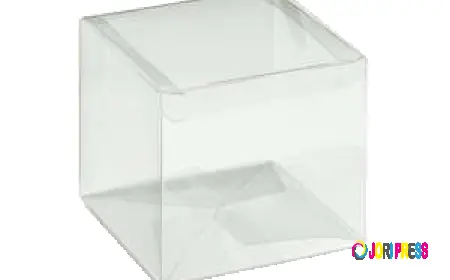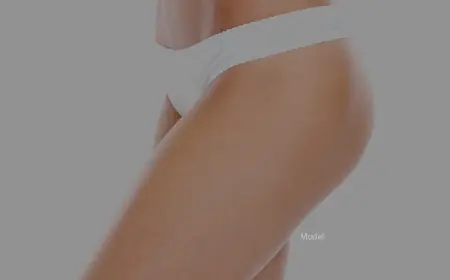Mistakes Car Owners Make Before Choosing Window Tinting
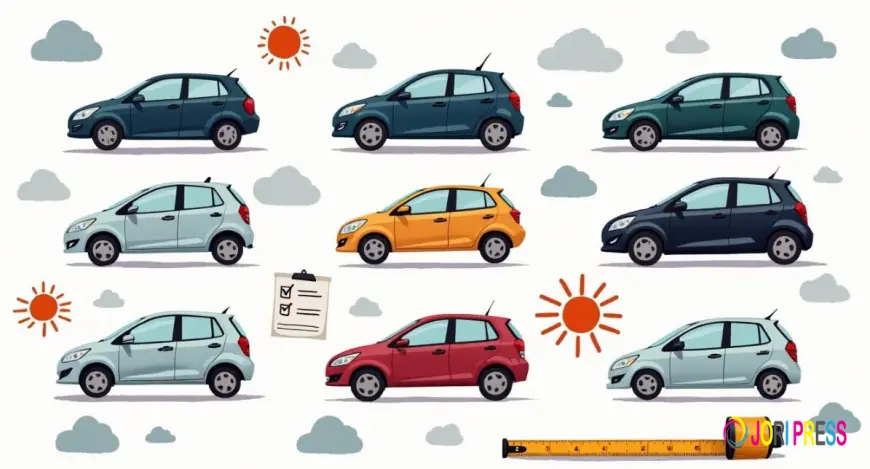
Window tinting is a popular upgrade for many car owners, offering benefits like enhanced privacy, UV protection, and improved aesthetics. However, choosing the right tint isn’t as simple as picking a shade and slapping it on the windows. Many drivers make critical mistakes before even getting started, which can lead to legal problems, poor performance, or costly replacements.
This article explores the top five mistakes car owners commonly make before choosing window tinting and offers practical advice to help you make an informed decision.
1. Ignoring Local Tinting Laws and Regulations
One of the biggest mistakes car owners make is overlooking the legal restrictions surrounding window tinting in their area. Tinting laws vary widely by state, province, and even city, specifying how dark or reflective your window tint can be. These regulations are often put in place to ensure safety on the roads, as overly tinted windows can reduce visibility for both the driver and other road users, creating potential hazards.
Why Compliance Matters
Failing to comply with local tinting laws can lead to fines, failed vehicle inspections, and even the requirement to remove the tint entirely. Law enforcement officers may pull you over if your tint is too dark or reflective, suspecting it could impede visibility or conceal illegal activity. In some regions, repeat offenders may face escalating penalties, including points on their driving record, which can affect insurance rates and driving privileges.
Moreover, some states have specific rules about which windows can be tinted and to what degree. For example, front side windows often have stricter limits compared to rear windows or the back windshield. Understanding these nuances is crucial, as a seemingly minor oversight can lead to significant consequences. Additionally, some jurisdictions may even require a sticker or certificate from the tinting company to prove that the tint complies with local laws, adding another layer of responsibility for car owners. To ensure your vehicle meets all legal requirements, you can visit OC Tint Solutions for professional guidance and compliant tinting services.
How to Avoid This Mistake
Before selecting a tint, research your local regulations thoroughly. Many state Department of Motor Vehicles (DMV) websites provide detailed guidelines about permissible tint levels, often measured by Visible Light Transmission (VLT) percentages. VLT indicates how much light passes through the window; a lower percentage means darker tint. It’s essential to keep in mind that these laws can change, so staying updated is key to ensuring compliance.
Consulting with a reputable tinting professional who is familiar with local laws can also save you headaches down the road. They can recommend tint films that meet legal standards while still providing the benefits you want. Furthermore, many professional tinting services offer warranties on their work, which can provide peace of mind and protection against peeling or bubbling that might occur over time. By investing in quality materials and expert installation, you not only enhance your vehicle's aesthetic appeal but also ensure that you are driving within the legal framework, avoiding unnecessary complications in the future.
2. Choosing Tint Based Solely on Appearance
It’s natural to want your car to look sleek and stylish, but selecting window tint based only on aesthetics is a common pitfall. While tint color and shade do influence your vehicle’s appearance, focusing exclusively on looks can overshadow important functional considerations.
The Functional Side of Tinting
Window tinting serves several practical purposes beyond just looking cool. It helps block harmful ultraviolet (UV) rays, reduces heat buildup inside the car, protects interior materials from fading, and enhances privacy. Different types of tint films offer varying levels of UV protection, heat rejection, and glare reduction.
For instance, metallic or ceramic tints may cost more but provide superior heat rejection and UV protection compared to basic dyed films. Choosing a tint purely for its darkness or color might mean sacrificing these benefits. Furthermore, the longevity of the tint can also be affected by the type of film used; higher-quality films tend to resist bubbling and peeling over time, ensuring that your investment not only looks good but lasts longer.
Balancing Style and Performance
To avoid this mistake, consider the performance features of tint films alongside their appearance. Look for products that have been tested for UV protection and heat rejection. Many manufacturers provide detailed specifications, including the percentage of UV rays blocked and infrared heat rejected.
Also, think about the climate where you live. In hot, sunny regions, heat rejection might be a priority, while in cooler climates, you might prioritize UV protection or glare reduction. Additionally, consider the time you spend in your vehicle; if you frequently drive long distances, investing in a high-performance tint can significantly enhance your comfort and reduce fatigue caused by excessive glare and heat. Moreover, some tints come with added features such as anti-fog properties or enhanced visibility at night, which can further improve your driving experience.
3. Overlooking the Quality of Tint Film and Installation
Another frequent error is underestimating the importance of high-quality tint film and professional installation. The market is flooded with cheap tint films that may seem like a bargain but often don’t deliver lasting results.
The Risks of Low-Quality Tint
Inferior tint films can bubble, peel, fade, or discolor within a short time after installation. This not only looks bad but can impair visibility and reduce the effectiveness of the tint. Additionally, poor-quality films may not provide adequate UV protection or heat rejection, negating many of the benefits of tinting.
Similarly, improper installation can cause wrinkles, bubbles, or peeling edges. Even the best tint film won’t perform well if it’s not applied correctly.
Choosing the Right Film and Installer
Invest in high-quality tint films from reputable brands known for durability and performance. Look for features like scratch resistance, lifetime warranties, and certifications for UV and heat blocking.
Equally important is selecting an experienced, professional installer. Look for shops with positive reviews, certifications, and a portfolio of completed work. A skilled installer will ensure the tint is applied smoothly, fits perfectly, and lasts for years.
Moreover, understanding the different types of tint films available can significantly enhance your decision-making process. For instance, ceramic films offer superior heat rejection without interfering with electronic devices, making them an excellent choice for modern vehicles. Additionally, dyed films provide a more aesthetic appeal but may not perform as well in terms of heat rejection. Each type has its unique advantages, so it’s crucial to consider your specific needs and preferences before making a choice.
Furthermore, the installation process itself plays a vital role in the overall effectiveness of the tint. A professional installer will not only ensure that the film is applied without imperfections but will also take the time to educate you about the care and maintenance of your tinted windows. This includes tips on cleaning solutions to avoid, as certain chemicals can degrade the film over time. By investing in quality film and expert installation, you can enjoy the full benefits of window tinting, from enhanced privacy to reduced glare and improved comfort during hot summer months.
4. Neglecting to Consider the Impact on Visibility and Safety
While window tinting can improve privacy and reduce glare, it can also affect your ability to see clearly, especially at night or in poor weather conditions. Many car owners overlook this safety aspect when choosing their tint.
Visibility Challenges
Dark tints can significantly reduce the amount of light entering your vehicle, making it harder to see pedestrians, road signs, and other vehicles. This is particularly problematic during nighttime driving or in fog, rain, or snow.
Some tint films also create reflections or glare under certain lighting conditions, which can further impair visibility.
Finding the Right Balance
To maintain safety, choose a tint level that balances privacy and heat reduction with clear visibility. Many experts recommend lighter tints on front windows and windshield to preserve driver vision, while allowing darker tints on rear windows for privacy.
Additionally, some modern tint films are designed to reduce glare and improve visibility, thanks to advanced materials like ceramic or nano-technology coatings. Discuss these options with your tinting professional to find a solution that enhances safety.
5. Failing to Plan for Maintenance and Longevity
Window tinting is an investment, and like any investment, it requires care to maintain its appearance and functionality. Many car owners make the mistake of not considering how to properly care for their tinted windows after installation.
Common Maintenance Mistakes
Immediately cleaning tinted windows with harsh chemicals or abrasive materials can damage the film. Using ammonia-based cleaners, for example, can cause the tint to peel or discolor.
Additionally, rolling down windows too soon after installation can trap moisture and cause bubbles or peeling. Some films require a curing period of several days before the windows can be rolled down.
Proper Care Tips
Ask your installer for detailed care instructions specific to your tint film. Generally, it’s best to clean tinted windows with a soft cloth and mild, non-ammonia-based cleaners.
Wait the recommended curing period before rolling down your windows to allow the adhesive to set properly. Regularly inspect your tint for signs of damage or peeling and address issues promptly to avoid more extensive repairs.
By planning for maintenance, you can extend the life of your tint and keep your car looking great for years to come.
Conclusion
Choosing the right window tint for your car involves more than just picking a color or shade. Avoiding these common mistakes ignoring local laws, focusing only on appearance, skimping on quality, overlooking safety, and neglecting maintenance can save you time, money, and frustration.
By doing your research, consulting professionals, and considering both aesthetics and functionality, you can enjoy all the benefits of window tinting without the drawbacks. Your car will look better, stay cooler, and protect you and your passengers more effectively.
Take the time to make an informed choice, and your investment in window tinting will pay off for years to come.
What's Your Reaction?
 Like
0
Like
0
 Dislike
0
Dislike
0
 Love
0
Love
0
 Funny
0
Funny
0
 Angry
0
Angry
0
 Sad
0
Sad
0
 Wow
0
Wow
0































